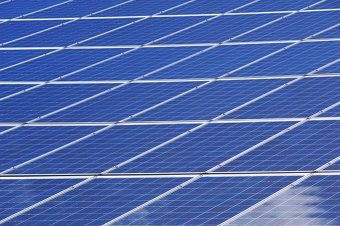
Buoyant solar panels floating on the surface of lakes and reservoirs could soon become a common sight across Europe, if one PV manufacturer has its way.
Hong Kong-based PV manufacturer Upsolar two days ago announced plans to bring its floating solar technology to Europe via its Italian subsidiary Upsolar System Italia.
The floating panels are rigged to a galvanised steel framework fitted with buoyancy aids, and anchored in place with nylon cables.
The expansion plans follow the installation of a 1MW floating solar test-bed in Singapore in October 2016, where 10 different floating solar systems – including Upsolar’s – were assessed for their performance and cost-effectiveness.
Upsolar said land constraints and strict planning laws mean Europe is primed to become a key market for floating solar.
“As the market for floating solar PV gains momentum, we believe that it is the right time to start introducing our technology and services to Europe,” Enrico Carniato, group deputy general manager of Upsolar, explained in a statement. “Higher panel efficiency and lower costs of land use is one of the driving factors on why people are taking a bigger interest in this.
“As well as the economic benefits, we can see the Netherlands, Japan, Singapore, Columbia and other regions where solar installations could be hindered by land restrictions or regulations greatly benefitting from floating solar PV.”
Proponents of floating solar technology cite lower maintenance costs and improved module efficiency as a key benefit of the technology, with advocates claiming the cooling effect of the water can boost module efficiency by up to 15 per cent. Floating arrays can also limit evaporation from reservoirs, aiding water security.
Europe’s largest floating solar farm was constructed at the Queen Elizabeth II reservoir near London last year, as part of Thames Water’s plans to source a third of its energy from renewable resources by 2020.
The project, which was delivered Lightsource Renewable Energy, saw more than 23,000 panels deployed on the water’s surface, covering around a tenth of the reservoir.
Source: businessgreen.com




